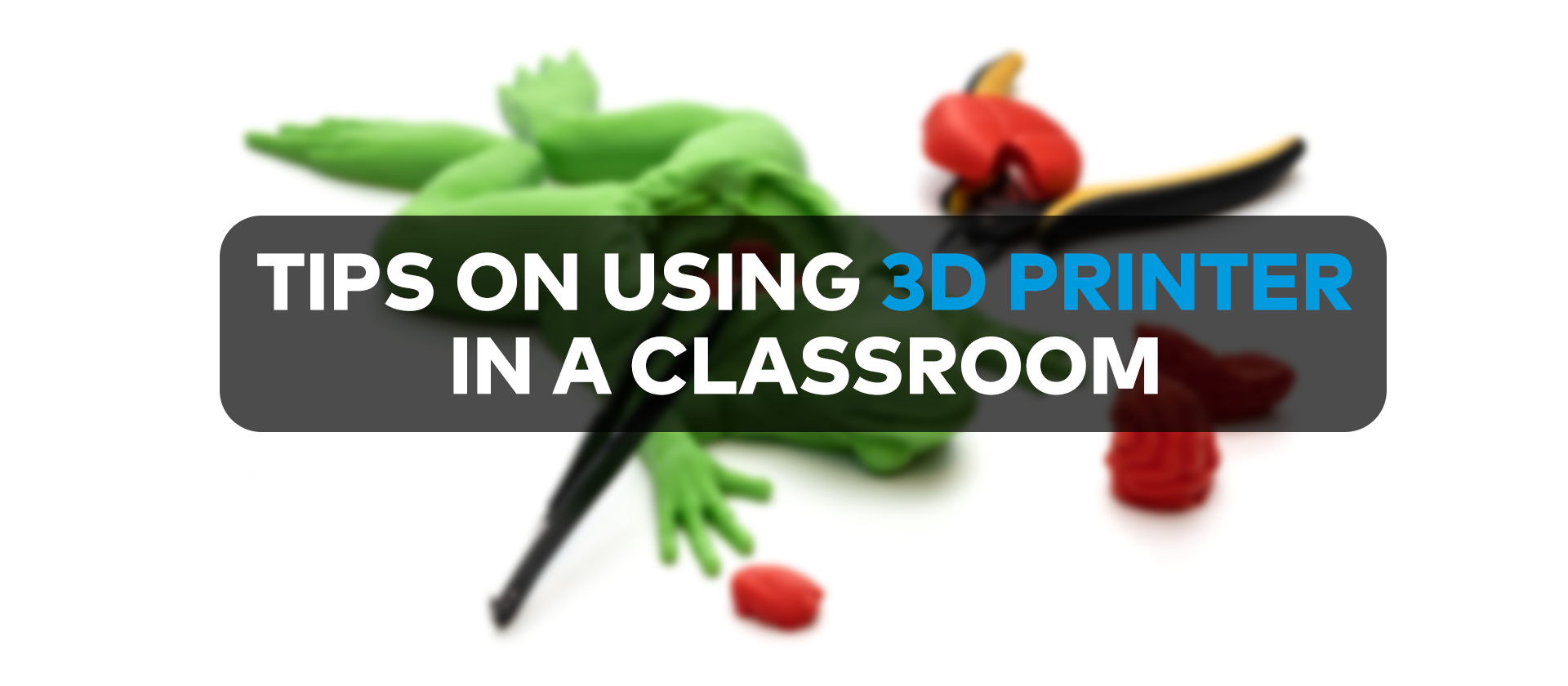
Tips on Using a 3D Printer in a Classroom
Every year, more and more schools are learning about the benefits of having a 3D printer in the vicinity of the school. The ability to turn drawings, designs, basic CAD designs into reality in a matter of hours is not only extremely interesting to the students but it is also a useful tool for teachers to communicate with their students.
But the benefits of additive manufacturing in education don’t just end in being a fancy device that can print fun things. 3D printers have the capability to make students think in ways that they have never done before and with time, they can teach students new skills that they will use in their own fields in the future.
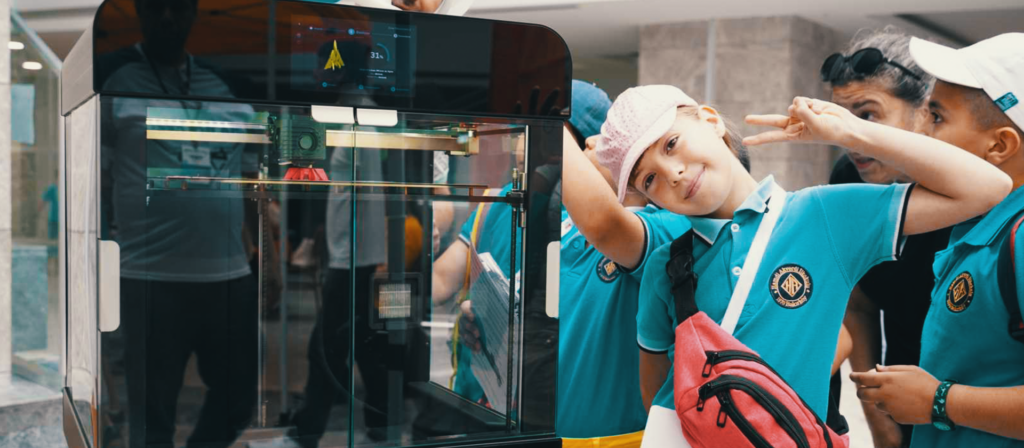
Try Boosting Engagement and Productivity
The goal of any educator is to teach their students effectively and in a way that will engage them. The students that are involved in the class will be more motivated to learn. 3D printing has already helped countless schools get their students excited about the class.
There is not one class that can’t be improved with visual guides. Thanks to the stl. libraries like Thingiverse you can always find interesting models to print. Helping them visualize abstract concepts or directly using printed tools to teach them about biology and anatomy can work wonders and help students memorize the information they take in on a daily basis.
To learn more about the benefits of 3D printers in the classroom watch our interview with a High School principal in this YouTube video.
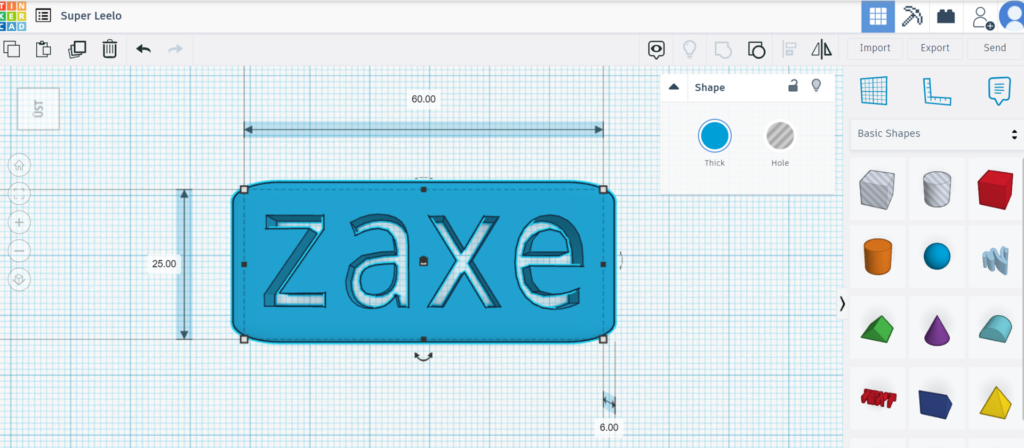
Let the Students Experiment
The 3D printer in your class shouldn’t be something that only the teacher has access to. You should first pique the student’s interest by using the printer yourself and teaching them about the capabilities of the device. Then for the older kids, you should open up a CAD tool and let them design their own model.
TinkerCAD is a great tool for this as it is browser-based and user-friendly. It also has online classes that both the teacher and the students can benefit from. It is very user-friendly so the students won’t have a big learning curve. Let them design something simple and watch them be amazed at how the 3D printer turns their design into reality.
For other CAD software recommendations: Best CAD Software for 3D Printing That Designers Should Try
Just as you can use 3D printers to teach children different subjects, you can also give them a useful lesson on how to use a 3D printer and how to make their own designs. Teaching them how to use simple digital design tools and a 3D printer will increase their chances of discovering something new that they are really interested in. For a lot of the kids, this could lead them to pursue an education in STEM fields, also sometimes called STEAM with the addition of art, which would be great for their future.
With a 3D printer, you have the capability of firing up creativity and talent that would be undiscovered otherwise which is only one of many benefits of additive manufacturing technology in education.

Safety First
The first thing that should be on everybody’s mind, especially when you are working with children, should be safety. 3D printers are not inherently dangerous devices but they still have strong mechanical components and hot parts that can be as hot as 300°C.
Children are curious. That’s what makes them so good at learning new things and captures their interest in different subjects. Any person that has worked will children will know that they have a tendency to put themselves in dangerous situations. So, the person in charge, in this case the teacher, should always be mindful of any unfortunate event that might happen.
The first thing that they should be mindful of is the print bed and the hot end. Both these parts can get very hot while working with filaments like ABS or ASA. When the printer is working, the person in charge should make sure that all the kids are watching the printing process from a safe distance.
The second most dangerous thing would be the moving mechanical parts that children can put their hands in. The print bed frequently moves on the Z-axis and the belts move around a lot while printing. So, the children should be warned to not touch the 3D printer while it’s working even if the print bed is not hot.
The best way to prevent these accidents from happening would be to use a printer with an enclosure. Both our current models, Zaxe Z3 and X3, for example, have fully enclosed systems that prevent any kids from touching the hot end or the print bed either accidentally or out of curiosity.
Visit our website for more information on Zaxe Z3 and Zaxe X3.
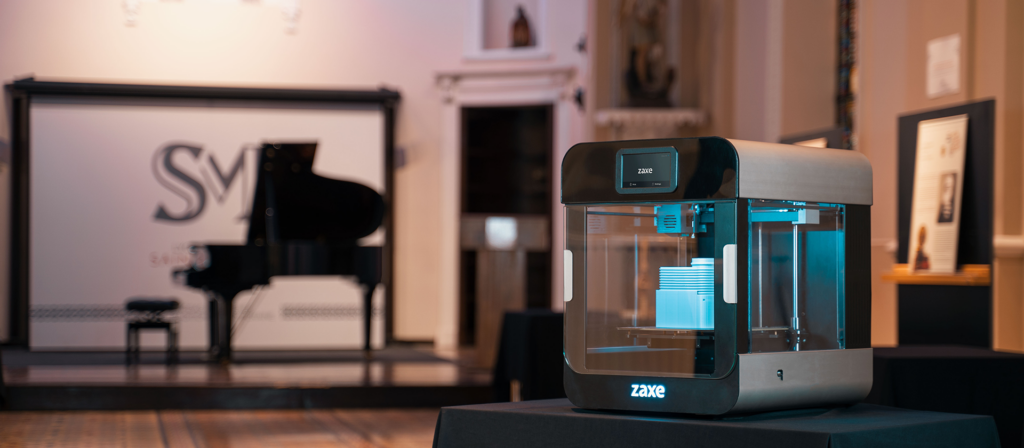
Examples of 3D Printing Being Used in Classroom
Visual learning is proven to be one of the most effective methods of learning. It will be the teacher’s job to best involve it in the class. You can use it to create tools that will engage them more in solving the problems at hand or just to have a visual representation of a thing they need to learn more about.
Here are a couple of examples to give you inspiration on how to use a 3D printer in education.
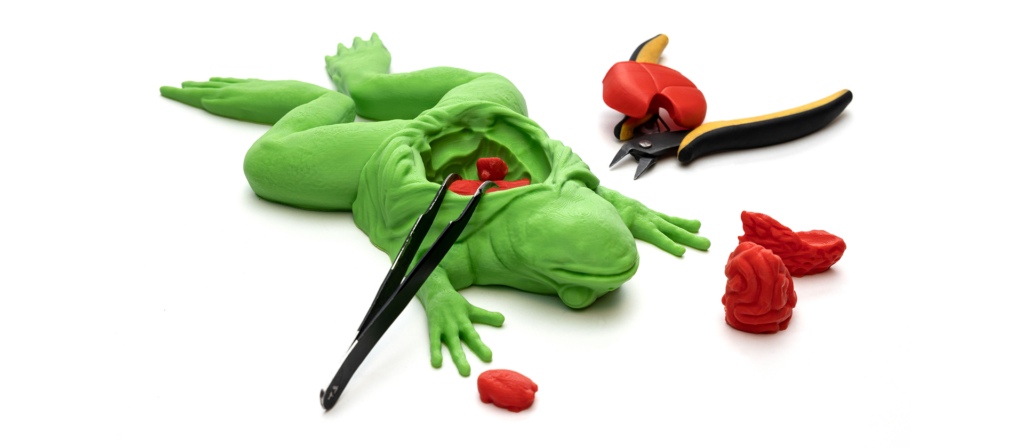
Anatomies of Different Animals
You can print anatomies of different animals to teach them about biology and zoology. For example, this replica of a frog’s anatomy helps the children understand the animal’s organs by letting them replace each individual organ in the right place.
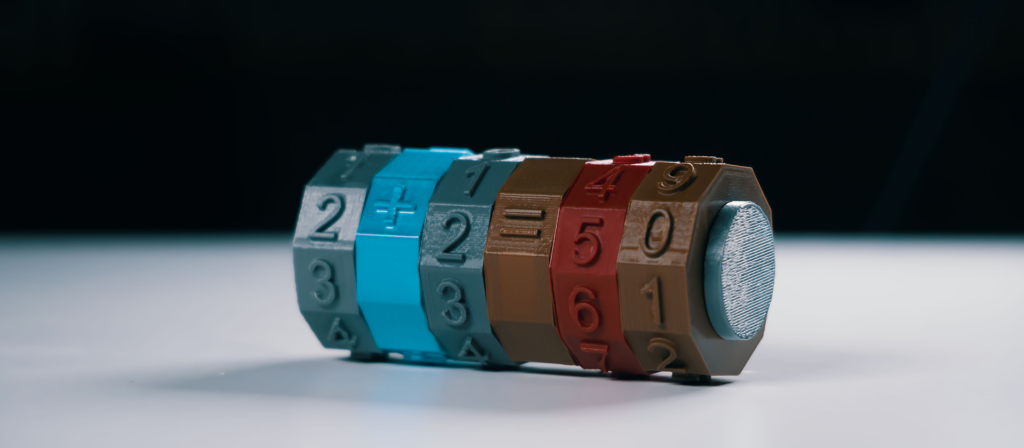
Math Spinner
To make calculus problems easier and more playful, you can print a math spinner and give it to your students and watch them solve questions. This will make math, probably the most dreaded of all classes for younger kids but a necessary subject to learn for STEM fields, more interesting
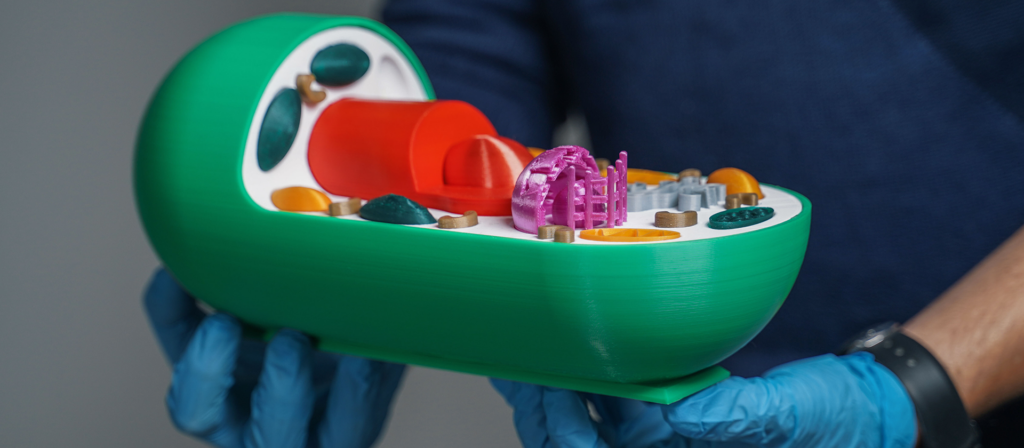
Representation of a Cell
Learning about different types of cells in organisms is always interesting. To make it even more interesting, you can print out a large replica of an animal or plant cell to help kids visualize how a cell works.
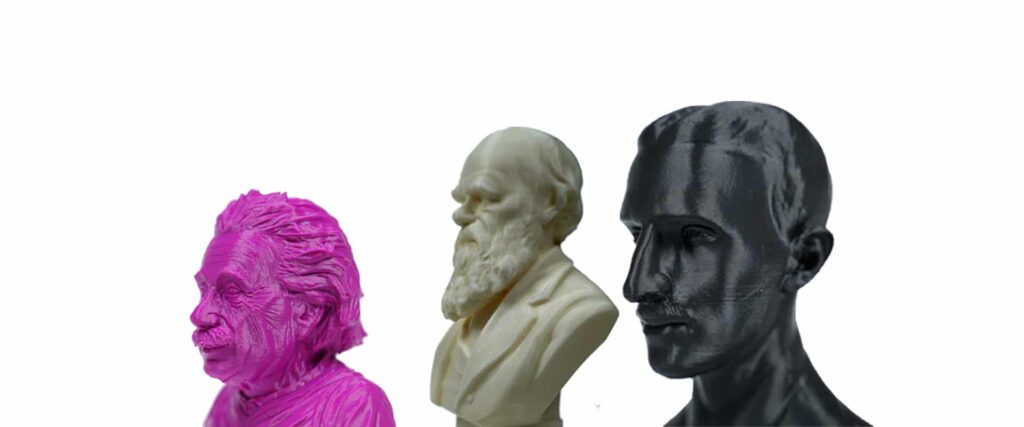
Busts of Historical Figures
When talking about important figures in history, teachers can use a bust of that person to give the kids a 3D representation of how that person looked like. This can be helpful, especially in history classes or when talking about important scientists.
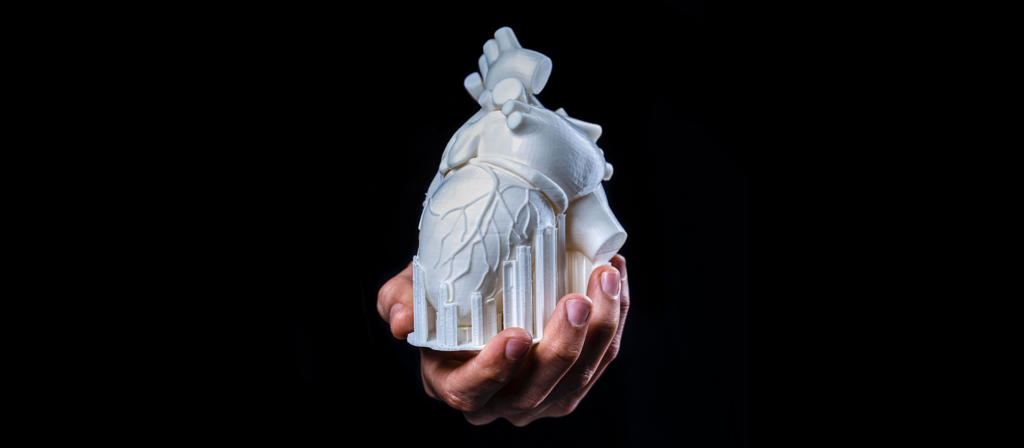
Replica Organs
For older kids that are learning about the biology of humans, this human replica will pinpoint where our organs are. The teacher can use this model as a visual guide while teaching what each organ in our body does.
Key Takeaways
Having a 3D printer in their class or their school will make things more interesting, that’s for sure. Not only will it get attention from the kids, but it will also make the job of the teacher easier. We only talked about early education as the implementation of 3D printing in academia is too big of a subject to cover on a single blog. That’s a subject for later. To sum up the things we talked about in this blog, you should;
- Be safe around the 3D printer,
- Engage the students,
- Let the students experiment,
- Use the 3D printer to create visual guides,
- Teach about CAD tools to boost creativity.
